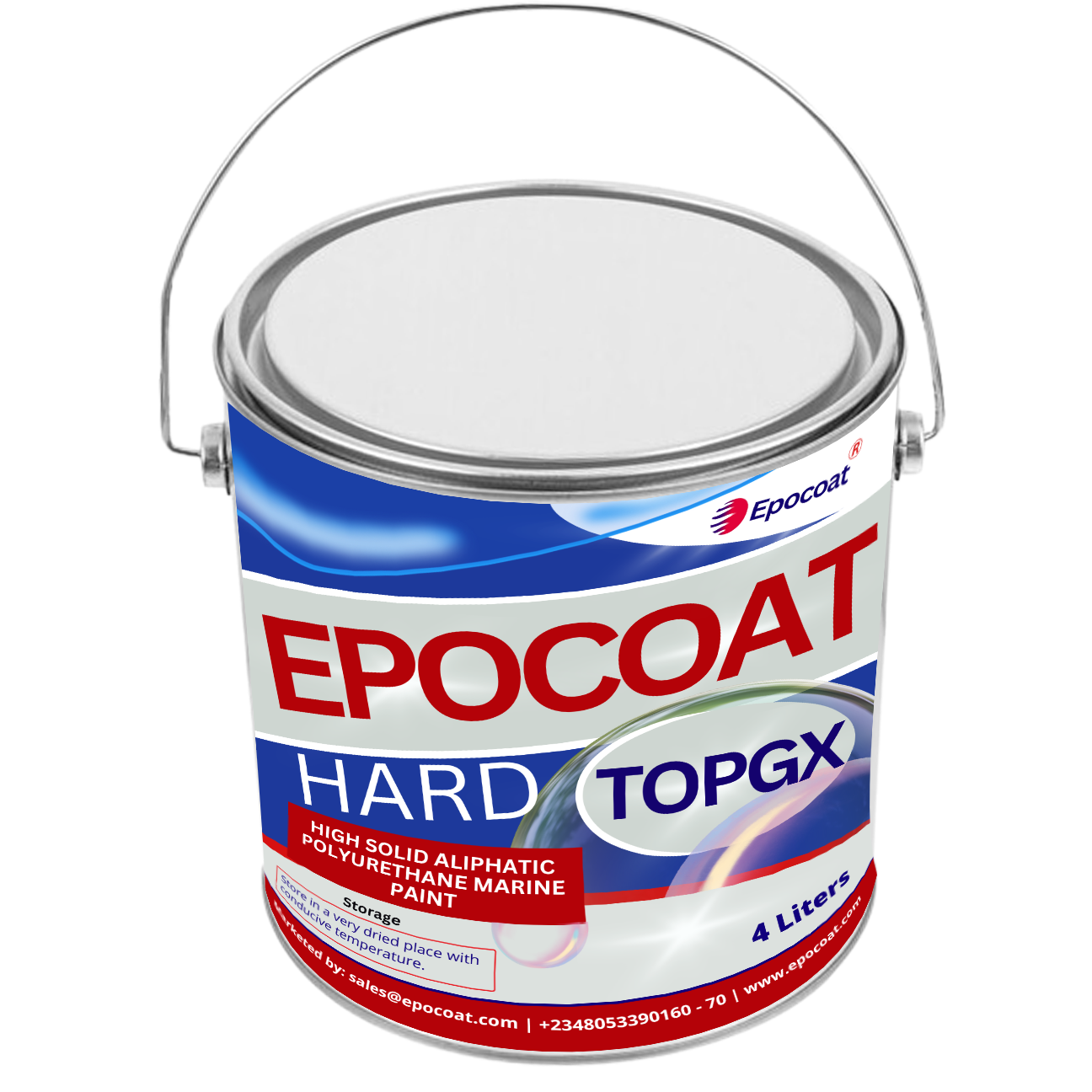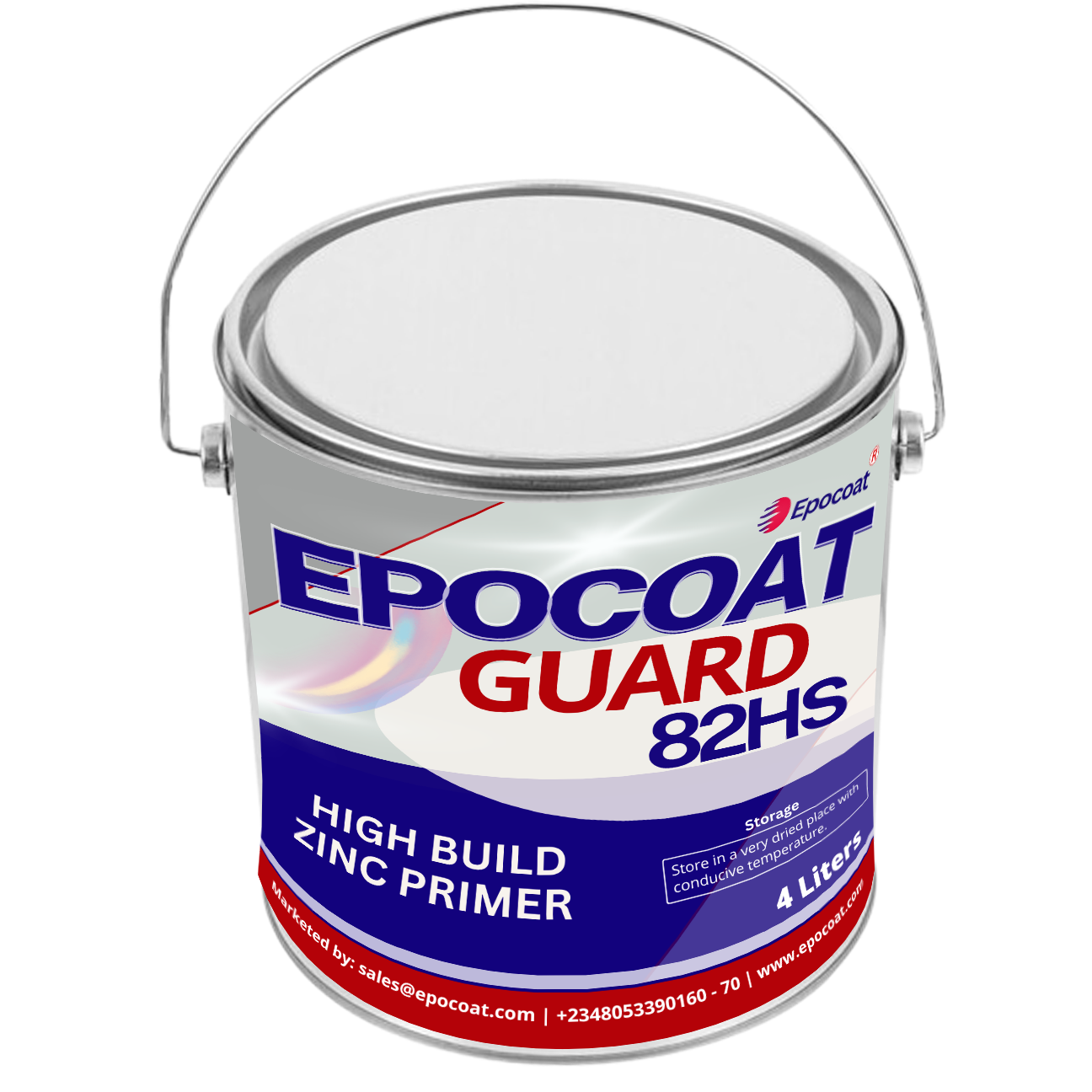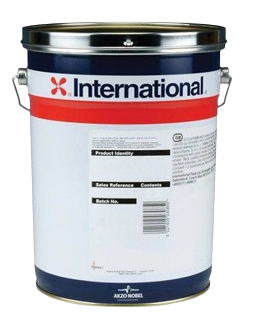Current Research and Future Developments in Marine Paints
Key Takeaways
Introduction
Marine paints are crucial for protecting vessels, offshore structures, and other marine assets from the harsh conditions of the ocean. These coatings prevent corrosion, biofouling, and UV degradation, ensuring the longevity and operational efficiency of marine equipment. However, as environmental regulations tighten and the demands on marine infrastructure grow, there is an increasing need for innovative and sustainable solutions in marine coatings.
Current research in marine paints is focused on developing innovative solutions to address the challenges posed by the marine environment. Scientists are exploring advanced technologies in marine paints such as eco-friendly and sustainable paint to prevent marine organism attachment while minimizing environmental impact. Simultaneously, efforts are underway to enhance corrosion protection, improve coating durability, and reduce fuel consumption through advanced materials and formulations. The industry is also committed to developing eco-friendly and sustainable paint options to safeguard marine ecosystems. These advancements hold the promise of significantly extending the lifespan of marine vessels and reducing their environmental footprint.
Traditional marine paints, while effective in many respects, often contain harmful chemicals that can leach into the water, posing risks to marine life. Moreover, the durability of these coatings is constantly tested by the extreme conditions in marine environments, leading to frequent maintenance and reapplication.
These challenges underscore the importance of ongoing research and development in the field of marine paints, read on to learn more.
Current Research Trends in Marine Paints
Eco-Friendly and Sustainable Coatings
One of the most significant trends in marine paint research is the development of eco-friendly and sustainable coatings. Traditional marine paints often rely on biocides and other toxic substances to prevent biofouling, but these chemicals can have harmful effects on marine ecosystems. Researchers are now focusing on creating biodegradable marine paints that reduce environmental impact while maintaining effectiveness.
For instance, there is growing interest in using natural and renewable resources in paint formulations. These innovations aim to provide the necessary protection without compromising the health of marine life. By reducing harmful biocides and embracing sustainable practices, the industry is moving towards greener alternatives that align with global environmental goals.
Anti-Fouling Technologies
Anti-fouling coatings are essential for preventing the growth of organisms like barnacles and algae on ship hulls. These organisms increase drag, reducing fuel efficiency and increasing emissions. Current research is exploring non-toxic anti-fouling technologies, including bioinspired and biomimetic surfaces that naturally resist fouling without the need for harmful chemicals.
Innovative approaches like self-cleaning and fouling release coatings are gaining traction. These coatings are designed to make it difficult for organisms to adhere to surfaces or to be easily washed away by water movement. By mimicking the properties of certain marine organisms, these technologies offer a promising solution to the biofouling problem.
Corrosion-Resistant Coatings
Corrosion is a major concern for marine vessels and structures, leading to costly repairs and potential safety hazards. Advances in nanotechnology are playing a crucial role in the development of corrosion-resistant coatings. Nanoparticles can be integrated into marine paints to enhance their protective qualities, providing a barrier that is both durable and resistant to environmental degradation.
Hybrid coatings, which combine organic and inorganic materials, are also being explored for their superior corrosion protection. These coatings offer long-term durability and are designed to withstand the aggressive conditions found in marine environments. Their ability to protect against both chemical and physical damage makes them an attractive option for the future of marine paints.
UV-Resistant Coatings
Marine environments expose surfaces to intense UV radiation, which can cause paints to degrade, leading to fading and loss of structural integrity. Research into UV-resistant coatings focuses on enhancing the performance of UV stabilizers and absorbers. High-performance polyurethane and epoxy coatings are being developed to offer superior resistance to UV damage, ensuring that marine paints maintain their color and protective properties over time.
Testing and evaluation of these UV-resistant coatings in real-world marine environments are crucial to ensure their long-term effectiveness. As research progresses, these coatings are expected to provide better protection against the damaging effects of sunlight, extending the life of marine assets.
Emerging Innovations in Marine Paints
Smart Coatings
One of the most exciting developments in marine paints is the emergence of smart coatings. These are advanced paints that can respond to environmental changes, such as variations in temperature, pH, or salinity. Smart coatings can provide real-time monitoring of the condition of the painted surface, alerting operators to potential issues before they become serious problems.
For example, some smart coatings are designed to change color or conductivity when they detect the onset of corrosion, enabling early intervention. Others may contain self-healing properties, where the coating can repair minor damages automatically, extending the lifespan of the paint and reducing the need for maintenance.
Bio-Based Marine Coatings
Bio-based marine coatings are another area of rapid innovation. These coatings use materials derived from biological sources, such as plants or algae, as opposed to traditional petroleum-based products. The goal is to create paints that are not only more sustainable but also biodegradable, reducing their environmental impact when they inevitably wear off into the ocean.
Current research is focused on improving the performance of these bio-based coatings to ensure they meet the stringent demands of marine environments. The challenge lies in balancing environmental benefits with the durability and effectiveness required for long-term protection in harsh sea conditions.
Graphene-Enhanced Marine Paints
Graphene, a single layer of carbon atoms arranged in a hexagonal lattice, is known for its exceptional strength, flexibility, and conductivity. Incorporating graphene into marine paints has the potential to revolutionize the industry by providing coatings that are incredibly strong yet lightweight, with enhanced protective properties.
Graphene-enhanced marine paints are being developed for their superior resistance to corrosion, biofouling, and UV radiation. Additionally, graphene’s conductive properties could pave the way for electrically conductive coatings, which could be used in anti-static or de-icing applications.
Self-Cleaning Marine Paints
Self-cleaning marine paints are designed to repel water, oil, and dirt, making it easier to maintain clean surfaces. These paints often use superhydrophobic materials, which create a water-repellent surface that prevents the buildup of marine organisms and contaminants.
The self-cleaning properties are not only beneficial for reducing maintenance efforts but also for improving fuel efficiency by minimizing drag caused by fouling. As research continues, self-cleaning coatings are expected to become more effective and more widely used in both commercial and recreational marine applications.
Challenges and Future Directions
Regulatory Challenges
As the industry moves toward more innovative and sustainable solutions, regulatory challenges are likely to arise. Environmental regulations, particularly those related to the use of chemicals in marine paints, are becoming stricter. Manufacturers must balance the need for effective protection with compliance to these regulations.
Navigating these regulatory landscapes requires ongoing collaboration between researchers, manufacturers, and regulatory bodies. The development of new standards and guidelines will be crucial in ensuring that innovative marine paints can be adopted without compromising safety or environmental responsibility.
Cost and Accessibility
While many of the new developments in marine paints offer impressive performance benefits, they often come at a higher cost. The challenge lies in making these advanced coatings affordable and accessible to a broader market. This will require further research and development to reduce production costs and scale up manufacturing processes.
Ensuring that these innovations are accessible to all sectors of the marine industry, from large shipping companies to small boat owners, will be key to their widespread adoption. Future developments will need to focus on balancing cost with performance to create economically viable solutions.
Environmental Impact
Even with the shift towards bio-based and sustainable coatings, the environmental impact of marine paints remains a significant concern. The oceans are sensitive ecosystems, and the introduction of foreign substances, even in small amounts, can have lasting effects. While bio-based paints reduce reliance on fossil fuels, their degradation products must also be non-toxic and eco-friendly.
Research is ongoing to develop marine coatings that not only meet performance criteria but also minimize environmental harm throughout their lifecycle—from production to eventual breakdown in the ocean. Future directions in this area include the creation of fully biodegradable paints that provide robust protection without contributing to marine pollution.
Integration with Other Technologies
The future of marine paints will likely involve greater integration with other technologies, such as sensors and data analytics. For example, smart coatings could be combined with Internet of Things (IoT) devices to provide real-time monitoring and predictive maintenance data. This integration would allow ship operators to receive alerts when a paint coating is beginning to fail, enabling them to address issues before they lead to significant damage.
Furthermore, advances in nanotechnology may lead to the development of marine paints with ultra-fine particles that offer enhanced protective qualities, such as superior corrosion resistance or anti-fouling properties. These coatings could be tailored for specific environments or vessel types, offering a customized approach to marine protection.
Frequently Asked Questions
1. What are smart coatings, and how do they benefit marine applications?
Smart coatings are advanced paints that can respond to environmental changes, such as temperature or salinity. In marine applications, they offer benefits like early detection of corrosion, which allows for timely maintenance and reduces the risk of severe damage.
2. How do bio-based marine coatings compare to traditional paints?
Bio-based marine coatings are made from renewable resources and are designed to be more environmentally friendly. While traditional paints are often petroleum-based, bio-based options reduce ecological impact and are biodegradable, though they are still being optimized for durability.
3. What advantages do graphene-enhanced marine paints offer?
Graphene-enhanced marine paints provide exceptional strength and flexibility, along with superior resistance to corrosion, biofouling, and UV radiation. These paints can extend the life of marine structures and reduce maintenance costs.
4. Are self-cleaning marine paints widely available?
Self-cleaning marine paints are becoming more common as the technology advances. These paints use superhydrophobic materials to repel water and dirt, reducing the need for manual cleaning and improving vessel efficiency.
5. How can marine coatings integrate with IoT technology?
Marine coatings can be integrated with IoT technology by embedding sensors within the paint layers. These sensors can monitor the condition of the coating in real-time, providing data for predictive maintenance and early warning systems
Other Articles
The History and Evolution of Marine Paints
Prolonging the Life of Marine Paint: Best Practices
Conclusion
The field of marine paints is undergoing rapid transformation, driven by the need for more sustainable, durable, and high-performing solutions. From smart coatings and bio-based materials to graphene-enhanced and self-cleaning paints, the future of marine paints holds exciting possibilities. However, challenges remain, particularly in terms of cost, regulatory compliance, and environmental impact.
As research continues and new technologies emerge, the marine industry can expect to see coatings that not only extend the life of vessels and offshore structures but also contribute to a more sustainable and efficient maritime environment.
For marine paints that meet the demands of today’s maritime challenges, visit GZ Industrial Supplies to explore our wide range of cutting-edge products.











